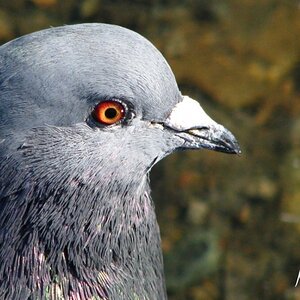chjade84
TPF Noob!
- Joined
- Dec 9, 2008
- Messages
- 4
- Reaction score
- 0
- Can others edit my Photos
- Photos NOT OK to edit
Hi, I do a lot of shooting indoors of machines for work under mercury vapor lights (light levels make for settings about 1/6s, f/4.5, ISO 200) and I need a better lens than the one I have now. Here's what I have so far:
Pentax K10D
18-55mm Kit lens
.... and that's about it. (at least that's relevant)
I try to avoid using a flash because there is a lot of stainless steel sheet metal that just reflects it back at me. That and I only have the built-in flash that does a horrible job. Many shots are hand held so something fast would be nice. Shots are both overall as well as close-up's on individual components. Clarity is important as many of these shots show fine detail that is used later for identification. I think my budget will be in the $500 neighborhood so nothing too fancy but I would like something adequate.
I notice the kit lens (no surprise) takes decent pictures but leaves a lot of clarity behind...among other things.
Any thoughts?
Thanks!
Pentax K10D
18-55mm Kit lens
.... and that's about it. (at least that's relevant)
I try to avoid using a flash because there is a lot of stainless steel sheet metal that just reflects it back at me. That and I only have the built-in flash that does a horrible job. Many shots are hand held so something fast would be nice. Shots are both overall as well as close-up's on individual components. Clarity is important as many of these shots show fine detail that is used later for identification. I think my budget will be in the $500 neighborhood so nothing too fancy but I would like something adequate.
I notice the kit lens (no surprise) takes decent pictures but leaves a lot of clarity behind...among other things.
Any thoughts?
Thanks!





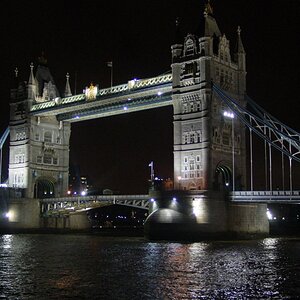
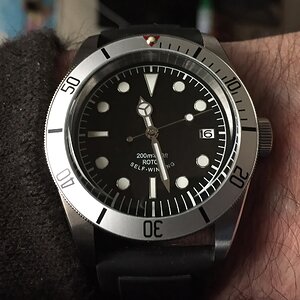
![[No title]](/data/xfmg/thumbnail/40/40286-86401b94de8b01bea8bb4ea154aaea0a.jpg?1619739408)
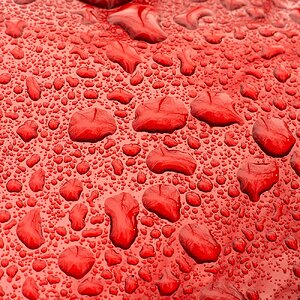

![[No title]](/data/xfmg/thumbnail/39/39290-dfb3e819bd94a7f30797638ae1ae27cf.jpg?1619738958)

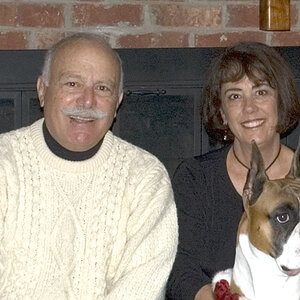
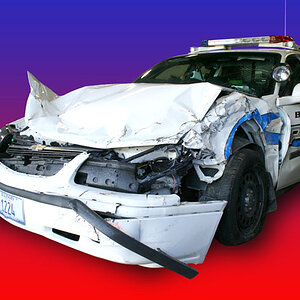
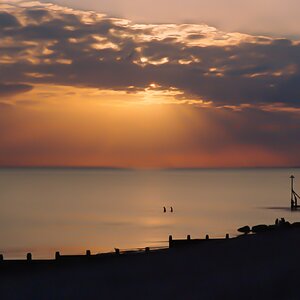
![[No title]](/data/xfmg/thumbnail/33/33358-426ca644c08fb31a8cc23232f17de8dd.jpg?1619735922)
